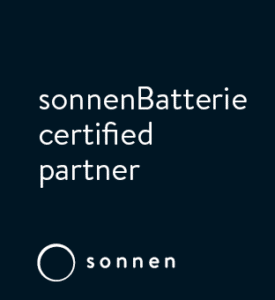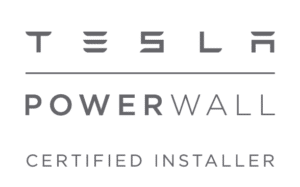On Friday morning, did you hear that noise coming from the Falmouth Technology Park in the shadows of the controversial Wind I turbine?
No? That’s because the ribbon-cutting ceremony involving lawmakers, community and business leaders was indoors. What they were celebrating, however, was on the roof of the Marine Biological Laboratory’s (MBL) research greenhouse, which shares the building with the Northeast Fisheries Science Center’s Observer Training Center.
They were there to bear witness to the single largest solar installation in Falmouth — 510 solar panels, which are expected to reduce their annual electricity bill by 46 percent!
Noticeably absent was any hint of partisan acrimony. Instead, there were scientists, business people, our Democratic state Senate President Therese Murray and Republican state Rep. David Vieira — all under one solar-paneled roof. The consensus, both scientific and un-scientific, seemed to be: this is a win-win-win for energy conservation, a smaller carbon footprint, and the local economy.
The first two “wins” are obvious. Not so obvious was the fact that the solar panels were made in America (not China) and installed by the Dennis-based solar start-up My Generation Energy. And thanks to projects like the one unveiled at the MBL facility business is a-boomin’ for My Generation Energy founder and owner, Luke Hinkle.
But something else is also far from clear; namely the place of solar technology in the emerging “green” economy — a market in which China is now kicking our collective butts. Everyone agreed that solar energy is more expensive in the short-term than our heavily subsidized fossil-fuel economy, but that doesn’t mean solar shouldn’t be in the mix.
MBL President Gary Borisy likened experimental solar energy projects to baseball. “If you hit .300 in baseball, you’re an all-star. But you can’t expect to get a hit every time you’re at the plate.”
When I met with Hinkle to talk energy economics over a cup of coffee after the ceremony, he explained how he went from working in corporate America in the semiconductor industry to teaching physics and math at Falmouth High School for five years before getting the idea to open his own solar installation business.
Even though he admits to not reading newspapers and spoke of his aversion to political bickering, he does know how to read the writing on the wall. In the summer of 2008, Gov. Deval Patrick’s “Green Communities Act” was passed, which not only requires utility companies in the state to buy a portion of their power from renewable energy sources, it also established a framework that allows businesses such as Hinkle’s to get off the ground.
But the decisive realization came when Hinkle watched Obama and McCain debate in the run-up to the 2008 presidential election. On issue after issue, both candidates offered contrasting views. But when the moderator asked about renewable energy and solar panels in particular, they both had a similar laudatory response.
“It was a nonmoment for everyone else, I’m sure. But for me it was an ‘aha!’ moment,” Hinkle said. “It signaled there wasn’t a significant political risk in this anymore.”
Back in the 1980s, there was a clear political division. Democrats were for solar power and Republicans were on the lucrative side of oil and coal. Today, even with the GOP using the Solyndra and Evergreen bankruptcies to muddy the waters, there’s bipartisan support for solar energy.
Well, maybe not everyone. We still have lobbyists for Big Oil. There are also the global warming-deniers and “junk science” watchdogs who wouldn’t know the difference between Isaac Newton and Fig Newtons if they fell out of a tree onto their hard heads.
Hinkle talked about the complex challenges in the solar energy biz and the absurdity of the ideological pollution put out there by opponents — that somehow government subsidies for national infrastructure is unique to renewable energy.
With only two employees a year ago, Hinkle’s company now employs eight.
And with an eye toward expansion, he’s been lobbying lawmakers to pass House Bill 1776, which calls for the “net-metering” cap in the Green Communities Act to be lifted from 3 percent to 6 percent. In oversimplified English, that means figuring out how to allow renewable energy providers to sell more green juice to the grid.
He also envisions “community solar gardens,” which he sees as a solution for those who want solar power but don’t like the way solar panels look atop their home or business. And maybe it’s because he’s a physicist that grounds Hinkle in reality.
For better or worse, he said, feel-good environmentalism doesn’t carry much weight in convincing consumers to go green. It’s that other green that does the trick. “Would I be in this business if I wasn’t making money? Probably not,” he said.
We’ve come a long way since President Reagan removed the solar panels that his predecessor Jimmy Carter installed on the White House. But there’s still a long way to go. And when it comes to renewable energy, Cape Wind notwithstanding, it’s better to be seen and not heard.
Email Sean Gonsalves at sgonsalves@capecodonline.com
Photo by Mark Zelinski Photography







